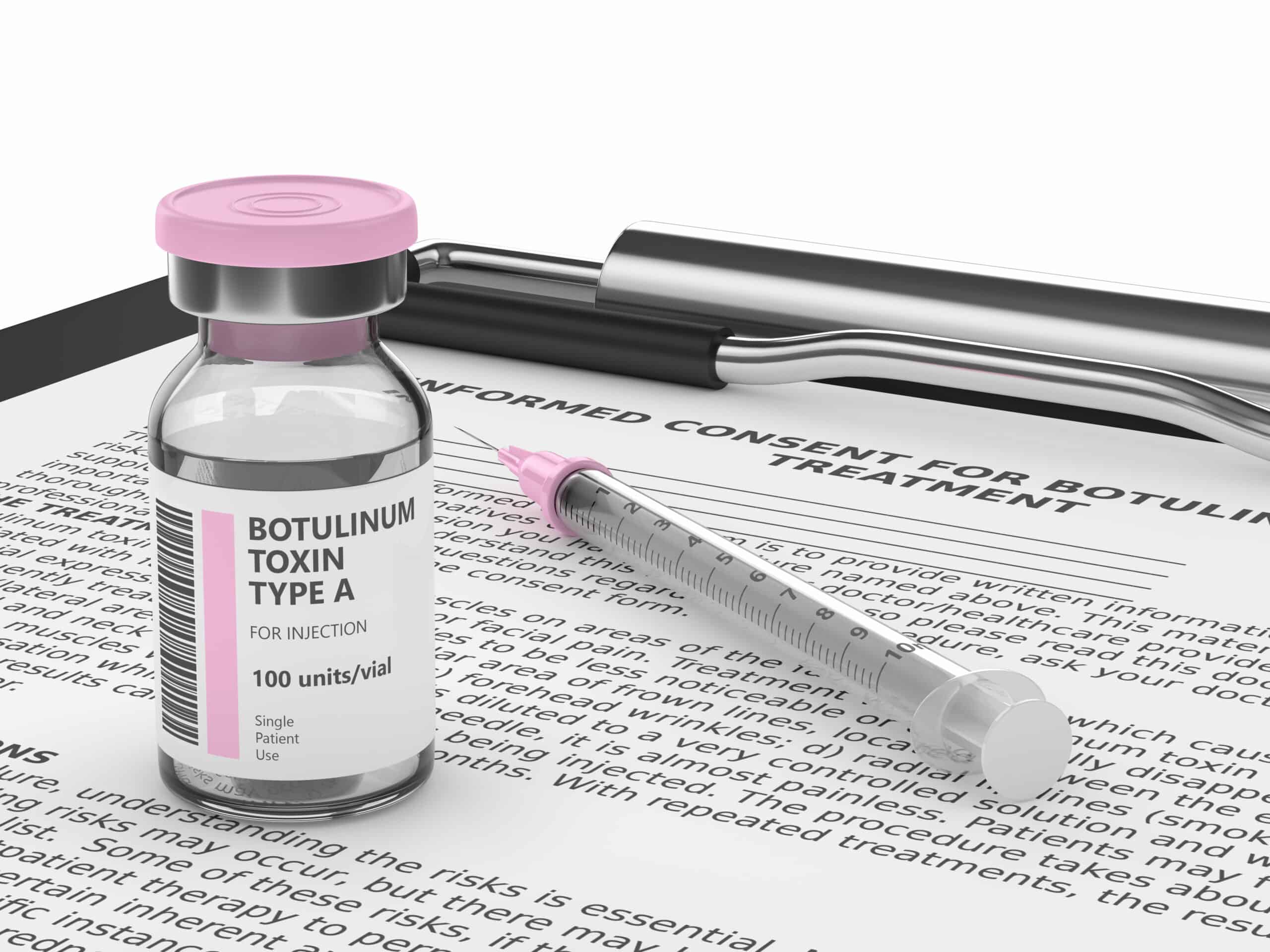
When we hear the word “Botox,” our minds often conjure images of wrinkle-free faces and cosmetic enhancements. However, most people — including those who use it for plastic surgery — are not aware of what this drug really does.
Botox is short for Botulinum neurotoxin type-A. It’s actually derived from a deadly biological substance produced by a bacterium called Clostridium botulinum. This bacterium produces a group of toxins known as clostridial neurotoxins, which are among the most potent protein toxins known to humanity.
Researchers at The University of Queensland, led by Professor Frederic Meunier and Dr. Merja Joensuu, have made a groundbreaking discovery regarding how Botox infiltrates brain cells. In the process, they’ve shed light on potential new therapies for botulism—a rare yet potentially fatal bacterial infection.
In order to uncover the crucial molecular mechanism that Botox uses to infiltrate neurons, the researchers used cutting-edge super-resolution microscopy.
During this investigation, they found a key receptor called Synaptotagmin that — in conjunction with two other previously known clostridial neurotoxin receptors — forms a minuscule complex situated on the neurons’ plasma membrane.
Within this complex, the Botulinum toxin exploits an opportunity to infiltrate the synaptic vesicles. These vesicles serve as storehouses for neurotransmitters, which facilitate the communication between neurons. By gaining entry to these synaptic vesicles, Botox maliciously sabotages the communication between nerves and muscle cells, leading to paralysis.
Armed with a comprehensive understanding of how this intricate complex enables toxin internalization, researchers can now explore interventions that disrupt interactions between any two of the three receptors involved. By blocking these interactions, the insidious toxin can be prevented from infiltrating neurons, potentially saving lives in cases of botulism.
While Botox contains the same toxin that causes botulism, Botox products contain much less of the toxin than is needed to cause disease in humans.
Botox was originally developed to address strabismus—a condition affecting the alignment of the eyes. But the injectable drug soon proved effective in alleviating various other ailments. People who suffer from migraines, chronic pain, and spasticity disorders have all experienced relief through Botox treatments.
However, “just how the neurotoxin worked to relax muscles has previously been difficult to track,” Dr. Joensuu remarks.
“We now have a full picture of how these toxins are internalized to intoxicate neurons at therapeutically relevant concentrations,” she added.
The findings appeared in the EMBO Journal.









